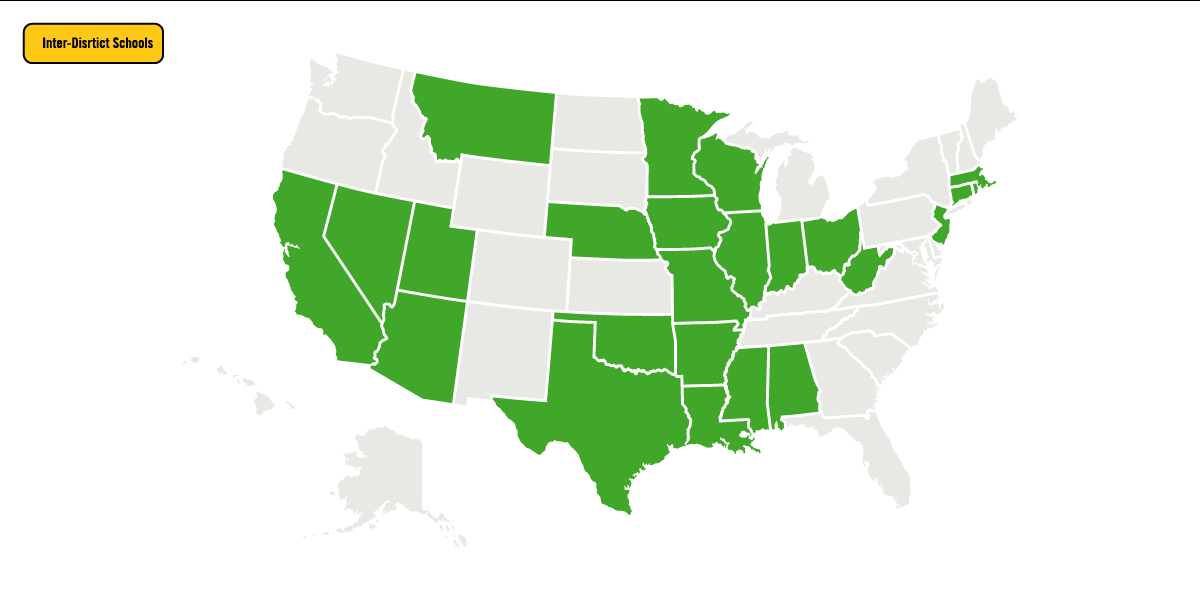Studying the School Choice Student Transportation Problem
“If my child attends a school of choice, can I get help with transportation?”
This is an incredibly common question amongst parents interested in taking advantage of inter-district enrollment programs, charter schools, or private school choice programs. They want to send their child to a different school, but they cannot get them there on their own.
So what is the answer? Taking a look at the national landscape of student transportation policy, the best we can say is that it is complicated.
In our new paper Transporting School Choice Students: A Primer on States’ Transportation Policies Related to Private, Charter, and Open Enrollment Students, we surveyed the student transportation statutes of all 50 states to see what requirements were in place for students who attended a school outside of their traditional option. We looked for statutory language with respect to inter-district transfer (where students attend a public school outside of their district of residence), charter schools and private schools.
What we found was a wild patchwork of requirements and flexibility.
Some states have requirements for students who attend schools of choice to be transported at public expense. Others give flexibility for schools to work out arrangements or allow students to participate in transportation programs so long as they fit certain criteria. Still others have requirements (or flexibility) for some students and not others. Still others have requirements (or flexibility) for students attending some schools and not others.
Confused yet?
Well, we’ve got you. If you dig into the report, we have created easy-to-read maps of the United States highlighting what states provide services to what types of school choice. We’ve also created an in-depth table that allows for side-by-side comparisons of state policies for the transportation of students to different school types. In the appendix, we link to all of the statutes if you want to dig into the exact requirements in your state yourself.
But taking a step back, what did we learn from this exercise?
First, there is huge diversity in state transportation policy.
As stated above, whether transportation is required or simply allowed, who is eligible for that transportation, what types of schools students can be transported to, all vary across and even within states. Some states support transportation to one type of school and not others. Others have more uniform approaches. It all varies tremendously.
Second, there are lots of potential transportation solutions out there.
Simply looking at all of the different ways that states have tried to tackle this thorny issue gives ideas for policymakers looking to solve transportation problems in their own school choice programs. And this is just at the policy level, there are interesting efforts afoot in charter networks and other groups of schools collaborating to provide transportation and amongst entrepreneurs trying to improve school bus services.
Third, this is a problem that needs serious attention.
If parents have options to choose different schools, but don’t have the means to actually get their children to them, then they don’t really have a choice. This is a good problem to have, for sure, but it is a problem nonetheless. Solving the transportation problem will expand the options that families have.
Make sure to check out the report, and, as always, feel free to reach out with any questions that you might have at research@edchoice.org.





